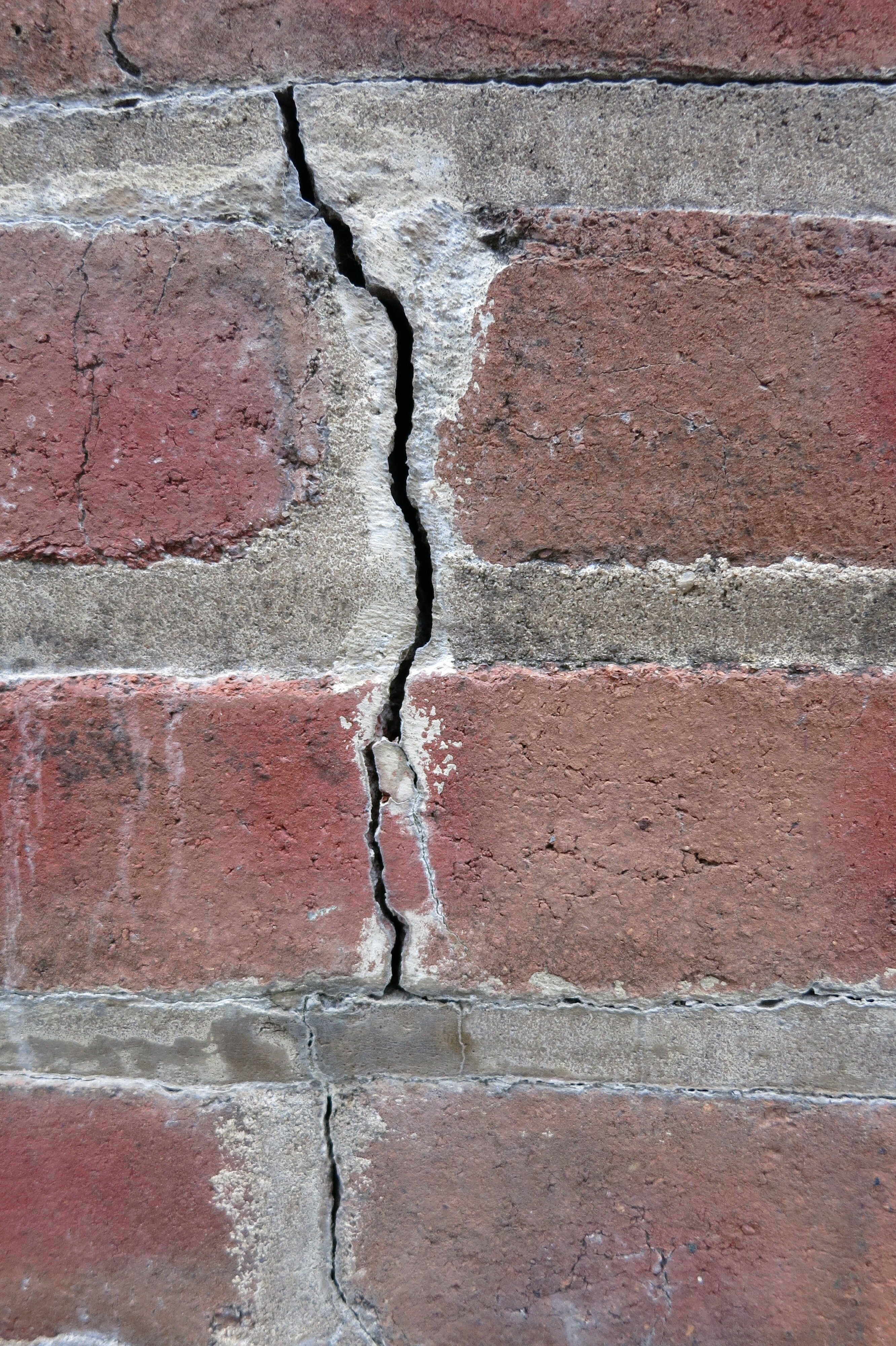
- 8 Aug 2023
- Law Blog
- Residential Property
If you are looking to buy a property, the very word subsidence may fill you with dread or visions of sinkholes which hit the newspaper headlines. According to the British Insurance Brokers Association, subsidence is a common issue affecting an estimated 20 per cent of homes in some way. But what exactly is it, and should you be worried?
‘It is natural to be concerned if someone mentions subsidence, but instances may be at the less serious end of the spectrum.’ says Edward Sharpe, Head of Residential Property at Sills & Betteridge “It is important to keep things in perspective, and your surveyor can help you assess and manage any risks effectively.’
Here, Edward answers some of your questions.
What is the difference between subsidence and settlement?
Subsidence is when a building’s foundations move because the underlying ground conditions change. Typically, as the soil sinks this damages the property’s structural integrity and cracks appear as walls shift and floors drop. Subsidence can happen at any time.
Not all cracks in a building will be down to subsidence.
Some movement over time is normal, especially when a building is new. This is called ‘settlement’ and happens as the ground adjusts to a building. The underlying soil does not sink but becomes compressed under the additional weight. Settlement is not necessarily a problem because it does not affect the property’s integrity, but a surveyor will be able to confirm any concerns once they have inspected the property.
What causes subsidence?
Subsidence can be down to the type of soil a property is built on. Some soils, like clay, will shrink and expand with changes in their moisture content, especially in extreme weather like a flood or a prolonged heatwave. Nearby trees may exacerbate this problem, as during dry periods their roots extract more moisture from the soil, creating additional instability which can affect the soil supporting a building’s foundations.
Other causes include poor construction, previous mining activity, and water leaks, which can wash soil away from a building’s foundations.
How do I know if the property I wish to buy has subsidence?
As a buyer, you will lack the detailed personal knowledge the seller has. Instead, you will have to rely on your own observations and survey.
Getting the right survey is very important. Remember, your lender’s valuation is not the same as a survey. A valuation may identify major structural issues, but its aim is to reassure your lender the property is sufficient security for their loan. To get a fuller picture, you should obtain a comprehensive survey from a qualified surveyor.
The property I am buying has a subsidence issue, what should I do?
The most important thing is to get the right advice. Your surveyor can give you some idea of the likely physical impact, the cause of subsidence and how to fix it…
Sometimes, you will need to know more before you can make an informed decision to continue with your purchase. For example, if the seller’s answers to pre-contract enquiries reveal they, or a previous owner, has made a claim under an NHBC guarantee or building insurance policy.
If those investigations reveal an ongoing problem, or a situation which could worsen in the future, you may want to negotiate a price reduction to reflect the additional risk. Alternatively, you could ask the seller to undertake repair works, or even decide to look for another property. Ultimately, your surveyor is best placed to advise you about the best way to approach the problem.
Many building insurance policies cover the cost of repairing damage caused by subsidence, subject to an excess. However, they may not do so if the property has suffered from subsidence before. If you are purchasing a property with a history of subsidence, you should contact your proposed insurer and disclose the subsidence issues to ensure that insurance is available on sensible terms.
If you are purchasing the property with the assistance of a mortgage, all subsidence issues will need to be reported to your lender by your lawyer. Your lender may require further surveys and reports, and they will use these to decide whether they are happy to continue with the mortgage lending on the property.
Must a seller tell a buyer about subsidence when selling a property?
Despite the adage 'buyer beware', honesty is the best policy when it comes to subsidence.
Firstly, a buyer may discover the issue through their own survey and enquiries. Being upfront, rather than leaving your buyer to find out themselves, can build trust and good will. Secondly, the information a seller provides in the property information form must be correct. An answer which is wrong or misleading means the seller could be liable for misrepresentation. In a worst-case scenario, the seller may have to compensate the buyer for the difference in value.
If the property has had remedial work done, then providing details can reassure the buyer. This is especially so if there is a guarantee or warranty and the seller can assign the benefit to the buyer. Likewise, a report or other evidence the subsidence is historic may allay concern. In addition, a history of subsidence means a buyer may struggle to get buildings insurance cover.
How we can help
For further information, please contact our Residential Property Team on 0800 542 4245 or email info@sillslegal.co.uk
This article is for general information only and does not constitute legal or professional advice. Please note that the law may have changed since this article was published.




 Edward Sharpe
Edward Sharpe